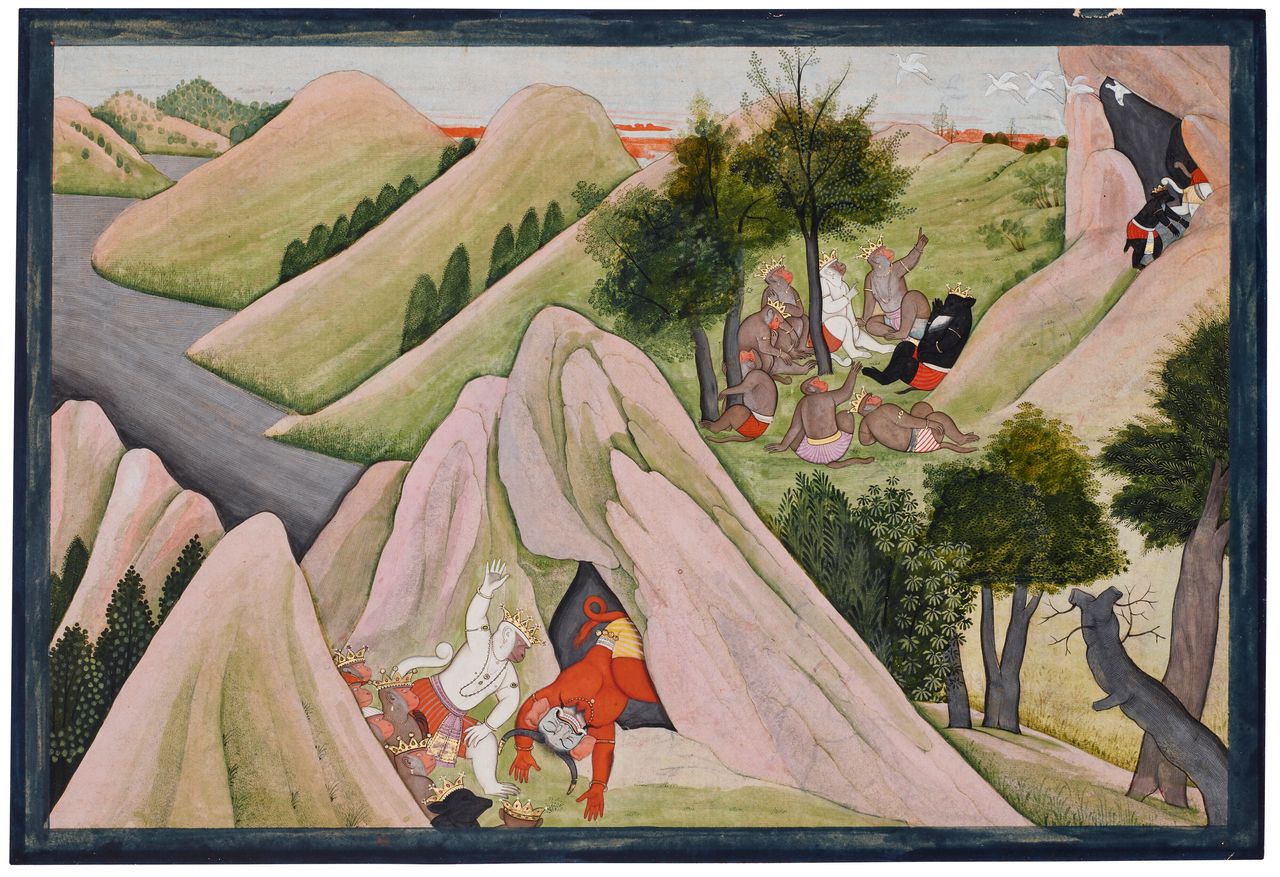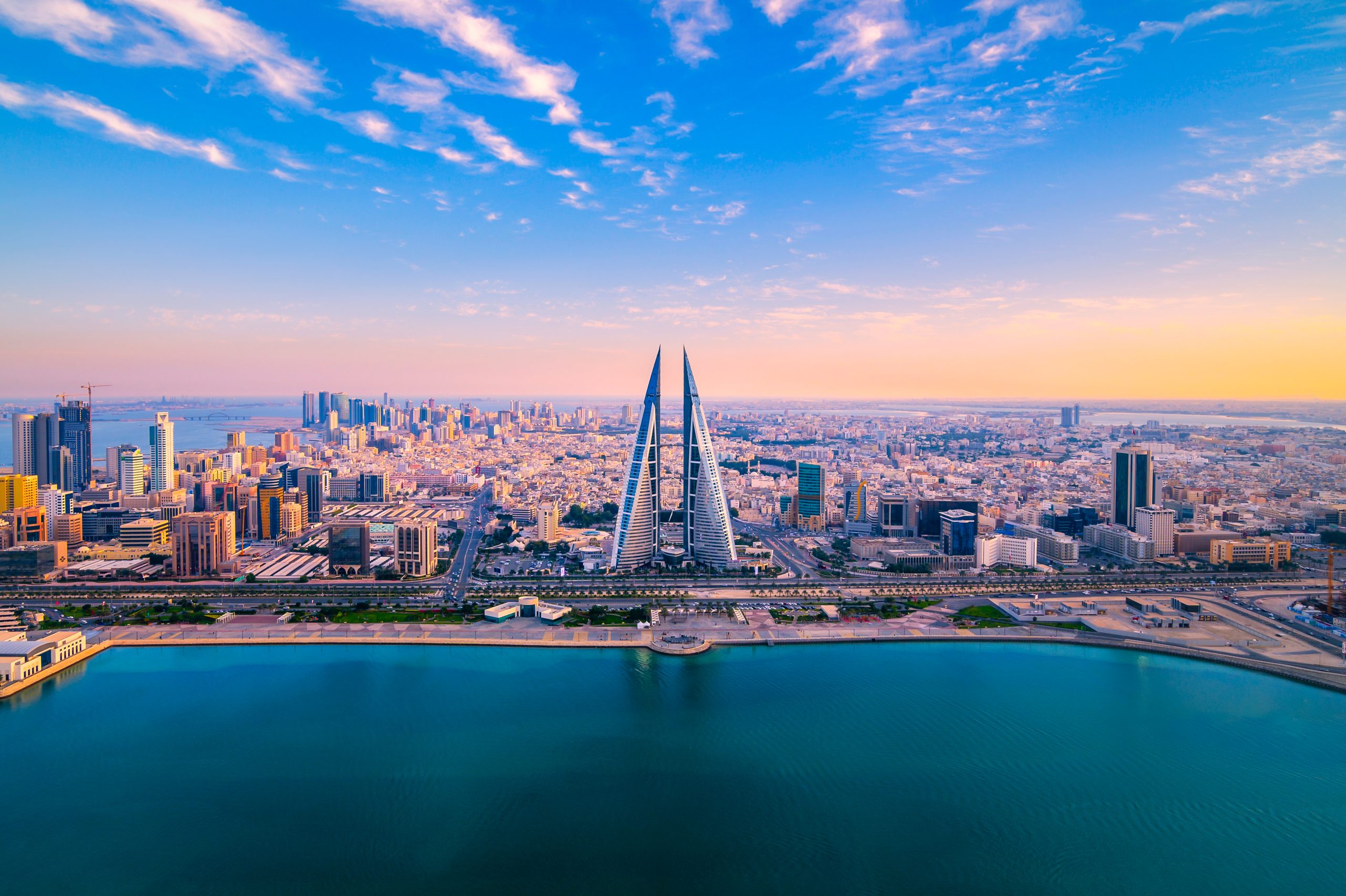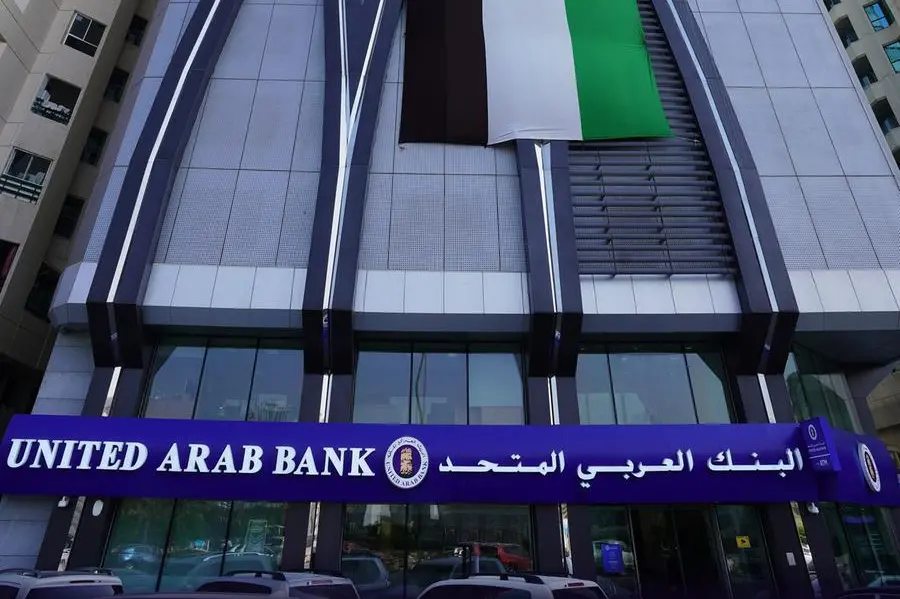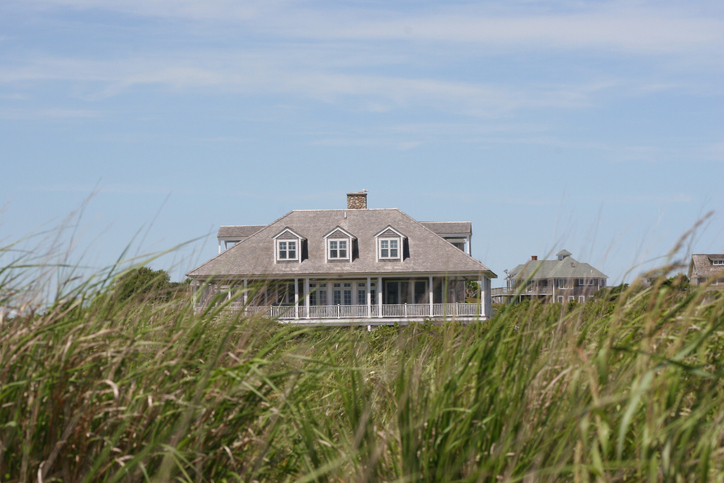Christie’s Restructures Classical Asian Sales to Focus on the Arts of India
Christie’s will feature classical Indian art created from the third century through the beginning of the 20th century in a standalone sale for the first time this September.
The online auction is a break with the traditional approach of including Indian, Himalayan, and Southeast Asian art in one sale and responds to collectors of modern and contemporary Indian art who are “interested in following art history backwards,” finding links in the art of recent time to the faraway past, says Tristan Bruck, head of sale.
The previous model better suited “an old-fashioned collector who was buying works in all three sub-niches,” Bruck says. “A collector who bought Indian paintings, for instance, was likely to also go out and buy a Tibetan thangka (or tapestry).”
The Arts of India sale, open from 10 a.m. Sept. 13 to 9 a.m. Sept. 27, is paying particular attention to works that transition Indian art from the classical to the modern era, a period that until now hadn’t received close attention, he says.

Christie’s Images Ltd. 2023
In the midst of the online offering, on the morning of Sept. 20, Christie’s also will hold a live sale in New York of mostly modern but also contemporary South Asian art, which is predominately from India in addition to Pakistan, Bangladesh, and Sri Lanka.
Christie’s expectation is that collectors who attend, or dial into the modern and contemporary sale via phone or online, might be intrigued to also take a look at the online sale, where earlier Indian works provide inspiration for colours, style, and themes by 20th-and 21st-century artists. The auction house will also display the works together in its Rockefeller Center galleries in New York.
Collectors “realize that this art wasn’t created in a vacuum,” says Nishad Avari, Christie’s head of South Asian modern and contemporary art. “There’s thousands of years of tradition that modern and contemporary artists in the region drew on and continue to draw from.”
Consider Maqbook Fida Husain’s Untitled (Naga), a massive work of five female figures and a serpent (or naga) painted around 1971. The painting portrays four of the women with breaks at the neck, hips, and knees, alluding to physical forms expressed in temple sculpture of the Gupta Empire from the fourth- to early sixth century, Avari says.
The painting, expected to achieve between US$700,000 and US$1 million, likely was created to commemorate the launch of a monograph of Husain’s work that was published by Harry N. Abrams, who acquired the painting, Christie’s said in a catalog note. Abrams, a vast collector who also published art and illustrated books about Old Masters through artists such as Robert Rauschenberg, had displayed the work in his offices and later in his family’s home for more than 50 years.

Courtesy of Christie’s Images Ltd. 2023
Going further back in time within the Arts of India sale is a Pichvai painting of Vishvarupa—a form of the god Krishna—painted in the 18th to 19th century. The work, originally a temple banner, is a traditional Indian form and concept, “but by the 19th century you can see artists are working with different types of perspective,” Bruck says. They are also using a more modern color palette, with vibrant pinks and blues, and the canvas is large—about six by eight feet.
“This could go in a gallery with the modern works, which are on these large canvases,” Bruck says. The painting “tells a great story alongside 20th-century work, being able to see the origin of a lot of these concepts.”
The Pichvai—a term that refers to devotional folk art paintings—is estimated to achieve at least US$120,000.
Another popular category are so-called company-school paintings that came out of India’s princely courts beginning with the imperial Mughal around 1600 through to the 19th century, when they were commissioned by British administrators, Bruck says.
Each court had its own style that may have been influenced by other courts and changed over time, he says. The works, often called miniature paintings because of the small, precise figures and scenes they depicted, were typically created in albums, or series, making them highly collectible.
Until recently, a group of collectors had focused solely on this sector somewhat in isolation, but Bruck says, Christie’s is seeing an “explosion of interest” in court painting albums, such as an illustration from the “Bharany” Ramayan series that is being offered in the upcoming sale.
A collector “can see what the other pages from that album have sold for and sort of put them together as an album in [their] mind and ideally collect more than one or try to get a few from the set,” Bruck says. The fact they exist within series also gives collectors confidence in what to pay, he adds.

Christie’s Images Ltd. 2023
The Bharany Ramayan work in the sale, titled The Monkey Army Intruding Upon a Demon’s Cave, from “Punjab Hills, Kangra or Guler, first generation after Nainsukh or Manaku,” from 1775-1780, is being offered for a minimum of US$80,000. A Patna court painting of a marriage procession at night, from around 1810 and painted in a more European style, is being offered for a minimum of US$10,000.
For many collectors, those price points are more accessible than, for example, the estimated US$250,000 they would pay for a work by Sayed Haider Raza, whose Rajasthan, 1983, is included in the modern and contemporary sale. The structure and primary-colour palette of Rajasthan, in fact, is intentionally drawn from court paintings, Avari says.
“The way in which their discrete sections, cells, in which he paints and the way in which he surrounds it with the red border is a direct reference to Pahari or Rajasthani (court) painting,” he says.
When collectors can see the court paintings that inspired a modern work they own, and they can acquire them for far less, “why not hang them side-by-side?” Avari says.
 Copyright 2020, Dow Jones & Company, Inc. All Rights Reserved Worldwide. LEARN MORE
Copyright 2020, Dow Jones & Company, Inc. All Rights Reserved Worldwide. LEARN MORE
Chris Dixon, a partner who led the charge, says he has a ‘very long-term horizon’
Americans now think they need at least $1.25 million for retirement, a 20% increase from a year ago, according to a survey by Northwestern Mutual
Saudi Arabia ranked first among countries for the non-oil exports of national origin with BD201 million (22%)
Bahrain’s non-oil exports of national origin decreased by 6% to BD894 million ($2.37 billion) in Q2 2024 compared to the same period in 2023. The top 10 countries accounted for 64% of the total export value.
According to the Information & eGovernment Authority (iGA) in its Q2 2024 Foreign Trade report, Saudi Arabia was the leading destination for these exports, totaling BD201 million (22%). The US followed with BD75 million (8.4%), and the UAE with BD73 million (8.2%).
Unwrought aluminum alloys were the top exported product in Q2 2024, amounting to BD267 million (30%), followed by agglomerated iron ores and concentrates alloyed at BD159 million (18%) and non-alloyed aluminum wire at BD49 million (5%).
Non-oil re-exports
Non-oil re-exports increased by 4% to reach BD206 million during Q2 2024, compared to BD198 million for same quarter in 2023. The top 10 countries accounted for 86% of the re-exported value. The UAE ranked first with BD58 million (28%) followed by Saudi Arabia with BD39 million (19%) and UK with BD17 million (8%).
As per the report, turbo-jets worth BD65 million (32%) were the top product re-exported from Bahrain, followed by private cars with BD11 million (5%) and four-wheel drive with BD9 million (4%).
The value of non-oil imports has decreased by 4% reaching to BD1.41 billion in Q2 2024 in comparison with BD1.47 billion for same quarter in 2023. The top 10 countries for imports recorded 68% of the total value of imports.

China Bahrain’s biggest importer
China ranked first for imports to Bahrain, with a total of BD191 million (14%), followed by Brazil with BD157 million (11%) and Australia with BD112 million (8%).
Non-agglomerated iron ores and concentrates were the top product imported to Bahrain worth BD200 million (14%), followed by other aluminum oxide with BD101 million (7%) and parts for aircraft engines with BD41 million (3%).
As for the trade balance, which represents the difference between exports and imports, the deficit logged was BD310 million in Q2 2024 compared to BD322 million in Q2 2023.
Chris Dixon, a partner who led the charge, says he has a ‘very long-term horizon’
Americans now think they need at least $1.25 million for retirement, a 20% increase from a year ago, according to a survey by Northwestern Mutual





















